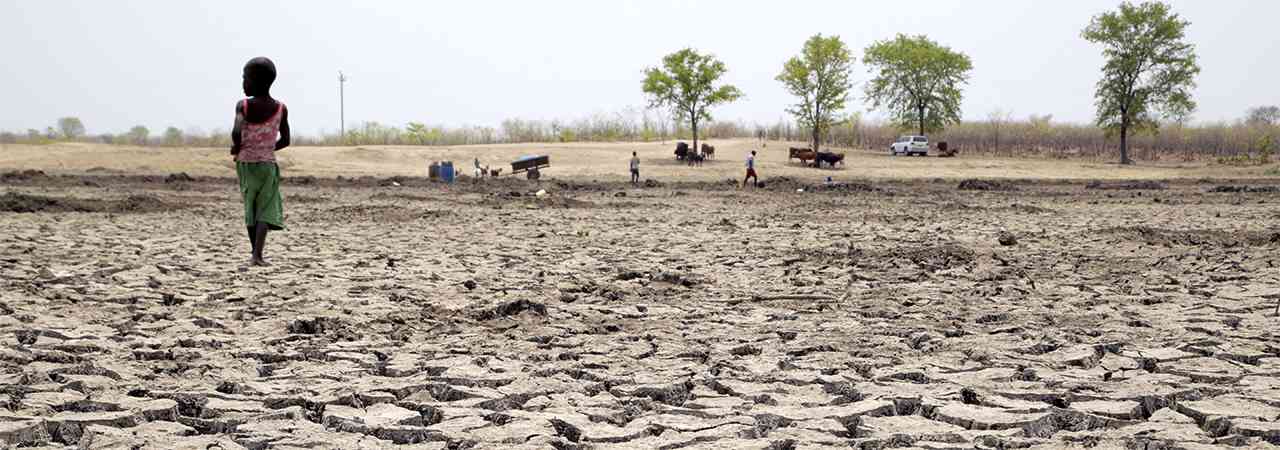
LIVESTOCK farmers in Matabeleland have requested for 10 000 heifers valued at $600 000 from the government as part of a first phase restocking exercise in the semi-arid, but highly successful cattle-ranching region.
GAMMA MUDARIKIRI OWN CORRESPONDENT
Information obtained by Southern Eye Business yesterday indicate farmers under the Zimbabwe Commercial Farmers Union (ZCFU), a grouping of largely black farmers, submitted an application to the Agriculture, Mechanisation and Irrigation Development ministry last December.
Sources said there is a general consensus among ranchers in Matabeleland the delivery of the 10 000 heifers would salvage cattle farming currently in comatose after the local head was wiped off due to a combination of factors, among them drought periods and the general harsh economic environment which had seen some cash-strapped ranchers disposing of their beasts at a song.
In an interview with Southern Eye Business yesterday ZCFU national livestock chairperson Irene Maphenduka said if the application succeeded it would in the short term revive the declined cattle head in Bulawayo, Matabeleland North and South.
“We are still waiting for a response from the ministry and if our proposal is approved the 10 000 heifers for the first phase would see a slight improvement in our cattle head,” Maphenduka said.
According to the Matabeleland Livestock Investment Initiative the region needs an estimated $300 million to revive livestock production, but the government has been struggling to make the required finances available.
Maphenduka attributed the decline in the regional cattle head, the economic mainstay of Matabeleland region, partly to shortage of grazing land and stockfeed. Due to a severe liquidity crunch, ranchers are battling to buy stockfeed, she said.
- Chamisa under fire over US$120K donation
- Mavhunga puts DeMbare into Chibuku quarterfinals
- Pension funds bet on Cabora Bassa oilfields
- Councils defy govt fire tender directive
Keep Reading
Official statistics indicated the cattle head in Matabeleland dropped to an estimated one million last year from a peak head count of 2,5 million recorded in the 1990s.
But this year farmers are optimistic that the region would receive good rains for the revival of grazing land although this would require farmers to use more vaccines to protect animals from contracting diseases.
“The rains are good for cattle ranching, but this would mean increased cost of production for farmers as they would be required to buy more vaccines,” Maphenduka added.
Last year there was an outcry for the government to intervene in the resuscitation of diminishing grazing lands with some farmers suggesting irrigating grazing pastures.
Cattle production in Matabeleland scaled down partly due to the decline of the Cold Storage Company (CSC) currently on its knees due to financial constraints.
CSC used to loan cattle to farmers, but is battling with a debt of $22 million and workers’ salary arrears of $2,1 million.
In the first half of 2013, the parastatal recorded a $3 million loss. It is estimated that it requires $58 million to be fully recapitalised.










